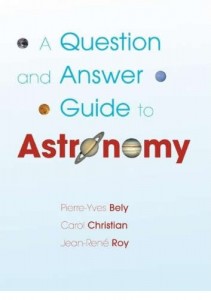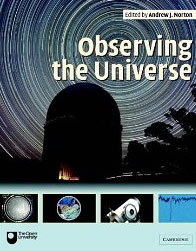A Question and Answer Guide to Astronomy Book Review
 A Question and Answer Guide to Astronomy book contains 250 astronomy questions and answers.
A Question and Answer Guide to Astronomy book contains 250 astronomy questions and answers.
This is a brilliant book if you want to get to the bare facts about astronomy and learn simply about the main topics you want to know.
The book is divided into 10 sections, these are: Stars, The Solar System, The Earth, The Moon, Celestial phenomena, The Universe, Life in the Universe, History of astronomy, Telescopes and Amateur astronomy.
Each question is answered very well in simple terms and no answer is too long. Each answer comes with colour photographs or diagrams in most cases. This is really a book that you can read from cover to cover or just pick up for reference.
The type of questions in the book does vary a lot from the simple – Why do stars twinkle? to What is the anthropic principle? Are we alone in the universe? What are sunspots? Was there ever life on Mars?
I can thoroughly recommend “A Question and Answer Guide to Astronomy” – it’s a great book if you are interested in astronomy and want answers.
A Question and Answer Guide to Astronomy is available at Waterstones

 Observing the Universe, A Guide to Observational Astronomy and Planetary Science is a full colour astronomy book which has been compiled by a team of experts from The Open University. The book has been designed for students who are undertaking observational work in astronomy and planetary science, but is suitable for amateur astronomers.
Observing the Universe, A Guide to Observational Astronomy and Planetary Science is a full colour astronomy book which has been compiled by a team of experts from The Open University. The book has been designed for students who are undertaking observational work in astronomy and planetary science, but is suitable for amateur astronomers.